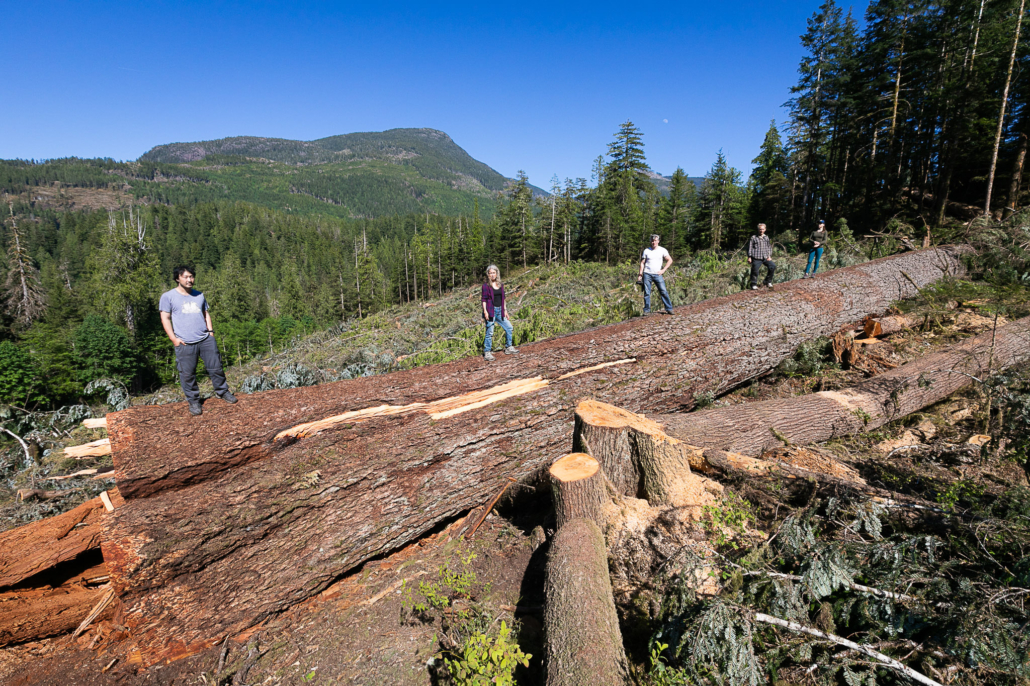
Media Release: BC Timber Sales Review Protects Destructive Status Quo Over Old-Growth Forests
Conservation groups criticize BC Timber Sales' latest report for neglecting old-growth forest protections, highlighting concerns over expanded logging and policy backsliding by the BC NDP.

Five Years After Old Growth Strategic Review, BC Government Stalls Progress and Starts to Backslide
To mark OGSR's fifth anniversary and recent BC government backsliding, we highlight five of the most shocking images of old-growth logging from the past five years.
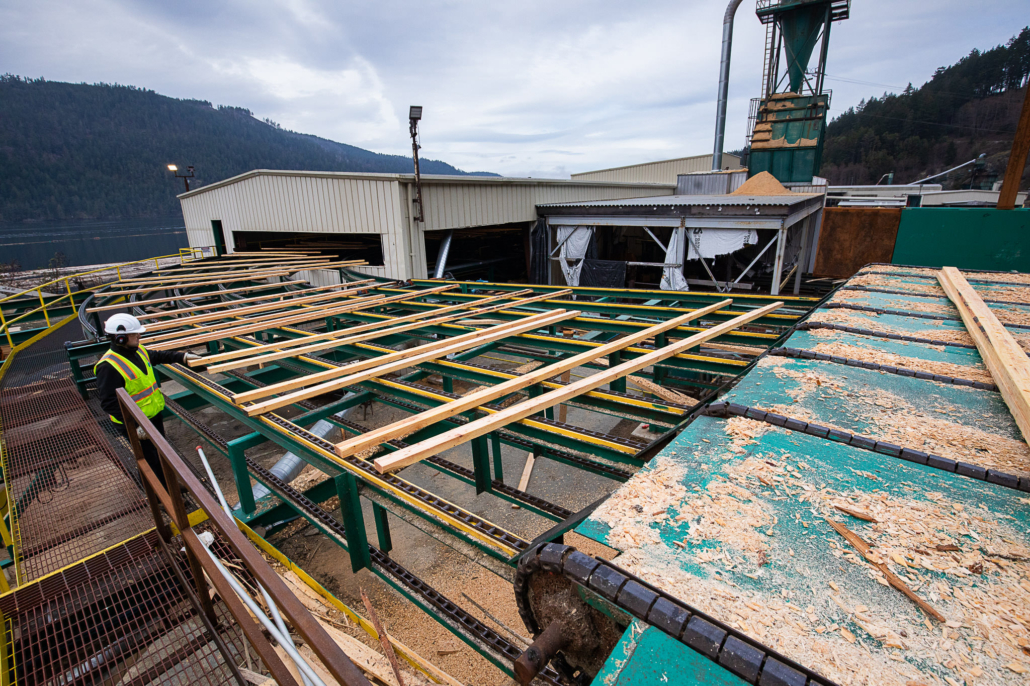
$1.2B Federal Forestry Funding Is BC’s Chance to Future-Proof Economy With Smart, Modern Forest Industry
The Ancient Forest Alliance (AFA) and Endangered Ecosystems Alliance (EEA) are calling on the BC and federal governments to tie the federal government’s $1.25 billion softwood lumber industry support package, announced by Prime Minister Carney in August and reaffirmed at his “strategic response fund” announcement to US tariffs last week, to help transition BC’s forest industry into a sustainable, value-added second-growth industry and away from old-growth logging.
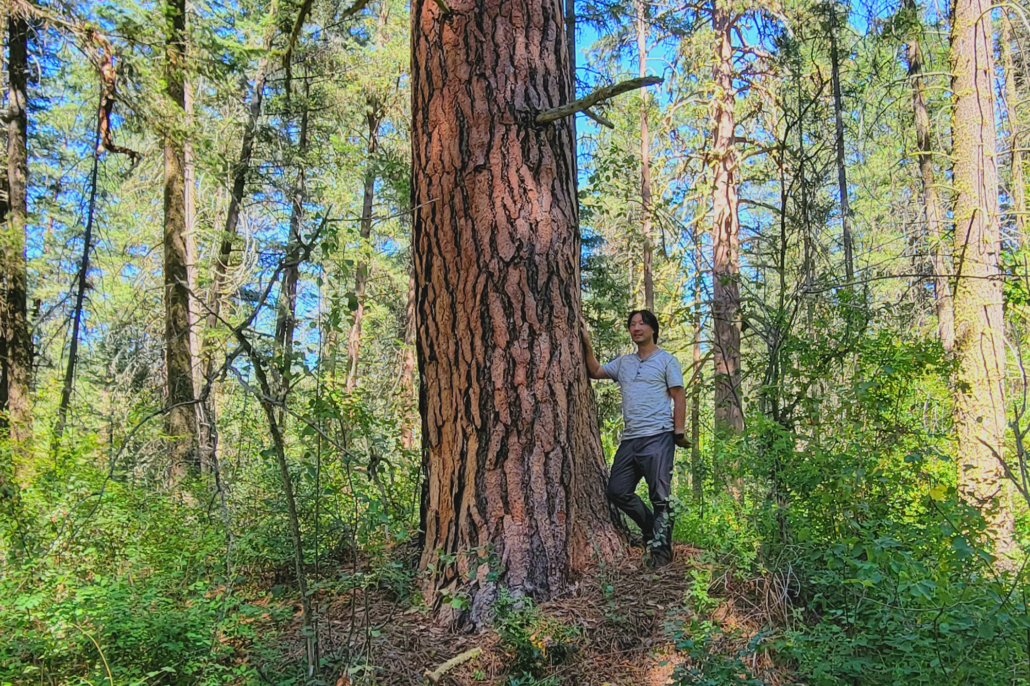
BC Government Confirms No Commercial Logging in Provincial Parks Amid Rising Concerns in General for Protected Areas
The BC Ministry of Environment and Parks has officially confirmed that provincial parks are off-limits to commercial logging, responding to a formal inquiry from the AFA & EEA.
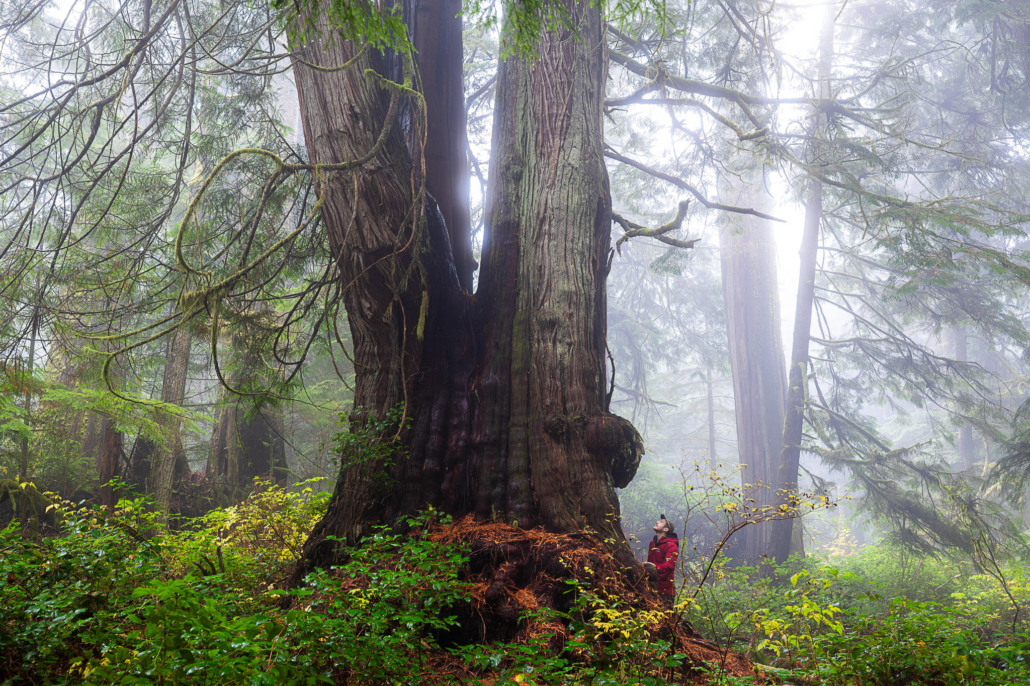
Earth Day — Environmental Groups to BC Government: Go Forward, Not Backward on Old-Growth Protection and Modernization of BC Forestry
This Earth Day, AFA and EEA are issuing a strong warning to the BC government about potential commercial logging in protected areas and calling on it to refocus on incomplete measures to protect old-growth forests, implement its draft Biodiversity and Ecosystem Health Framework, and ensure a transition to a sustainable, value-added second-growth forest industry.
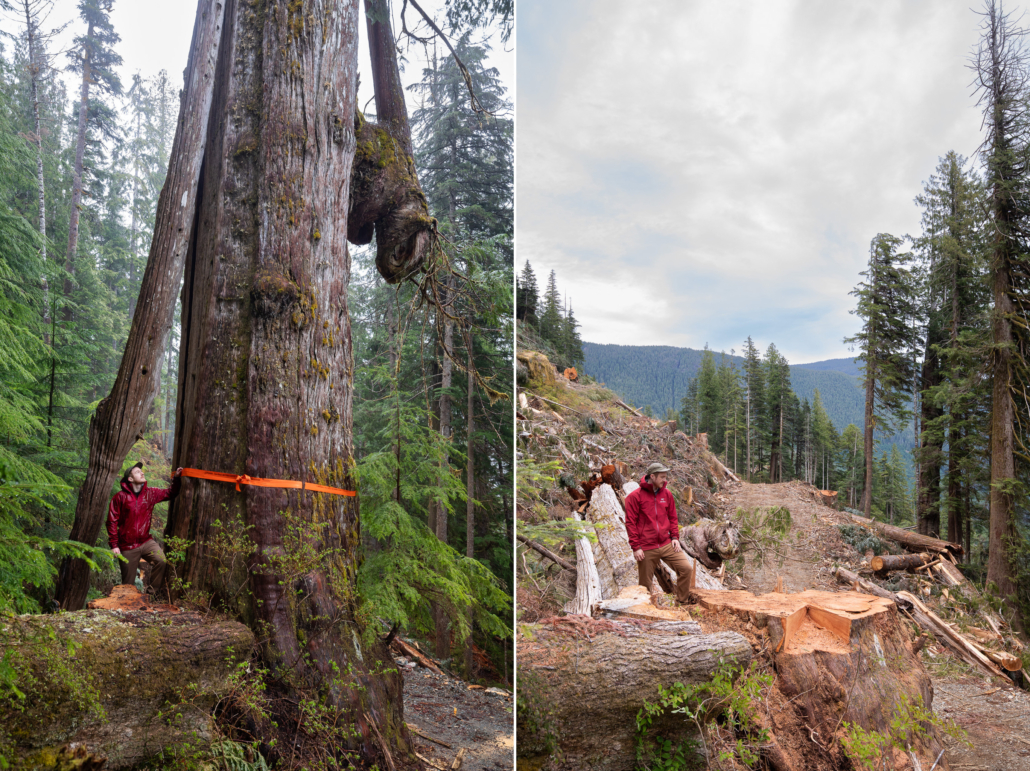
On International Day of Forests, Conservationists Call for Modernization of BC Forestry Amid Tariff Threats
On International Day of Forests, conservationists call on the BC government to protect old-growth forests and to modernize the province’s forest industry in response to growing challenges, including the threat of escalating U.S. tariffs.
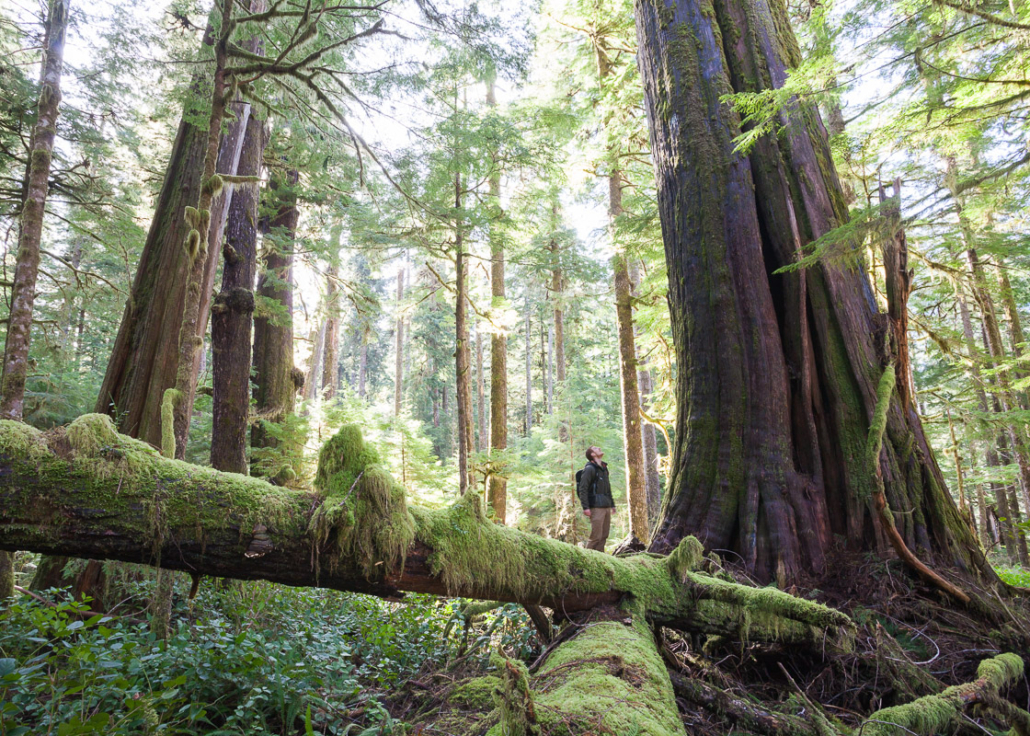
Conservationists Welcome BC NDP and Green Governance Agreement
The cooperation agreement's priorities include the protection of Fairy Creek and a comprehensive review of BC forests in partnership with First Nations and diverse sectors, offering a key opportunity to strengthen old-growth forest protection policies.
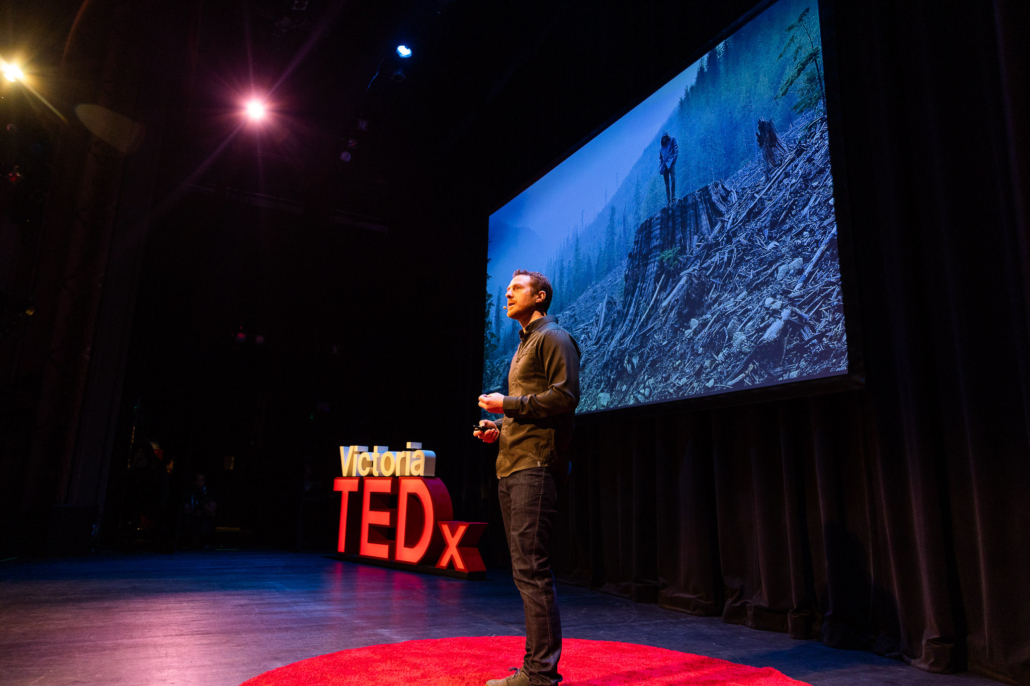
AFA’s TJ Watt Delivers Powerful TEDxVictoria Talk on Protecting Old-Growth Forests in BC
TJ Watt, renowned Ancient Forest Alliance photographer, big-tree hunter, and National Geographic Explorer, took the stage at TEDxVictoria 2024 to deliver his talk titled One Last Shot to Protect Old-Growth Forests in British Columbia.
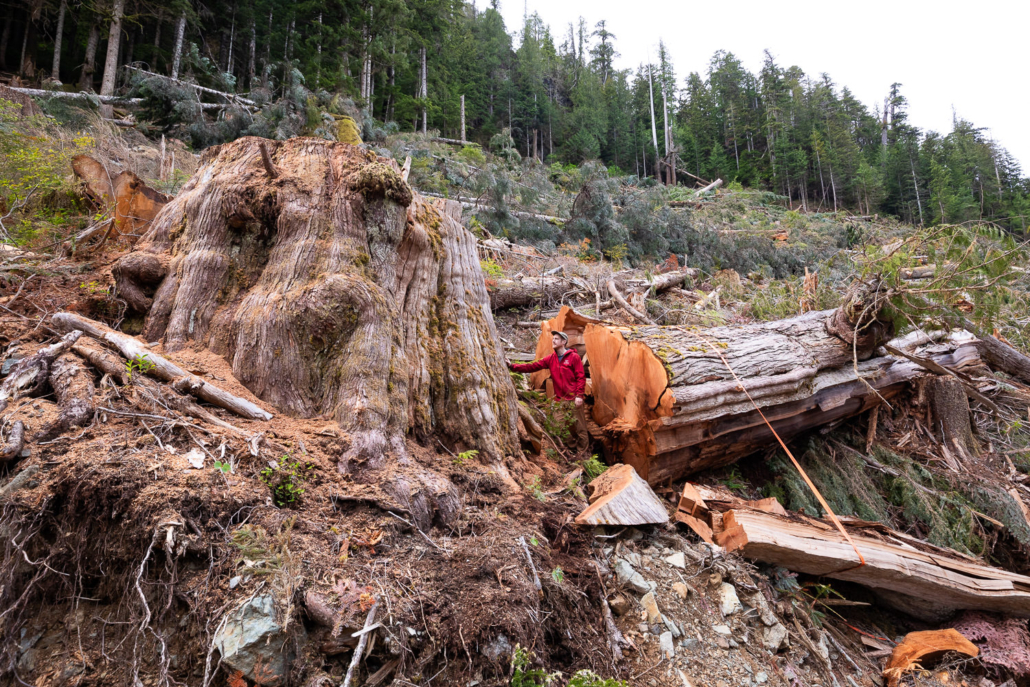
Massive Old-Growth Trees Cut in the Nahmint Valley via BC Timber Sales
Shocking photos and drone footage reveal carnage as old-growth trees upwards of 9 feet wide and over 500 years old are logged under the management of BC Timber Sales in the famed Nahmint Valley on Vancouver Island, BC.

Photo of Giant Old-Growth Cedar Wins Prestigious International Award
Ancient Forest Alliance Photographer TJ Watt awarded Royal Geographical Society Earth Photo 2024 prize for Image of the Enormous Tree in Clayoquot Sound, Canada, featured on CNN and in The Guardian. The award coincides with the largest old-growth protected areas victory in decades announced earlier this week in Clayoquot Sound.
